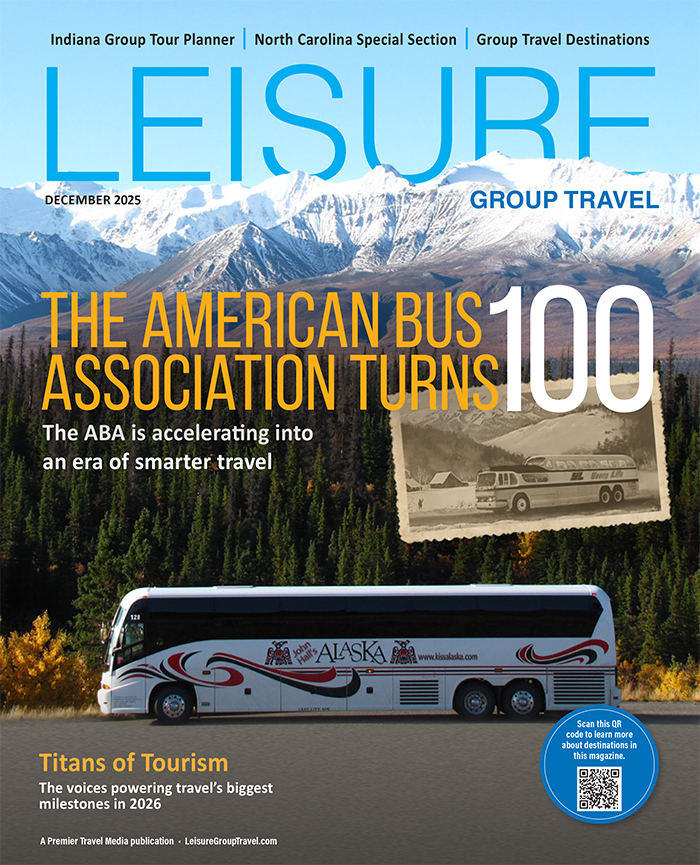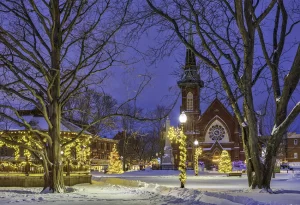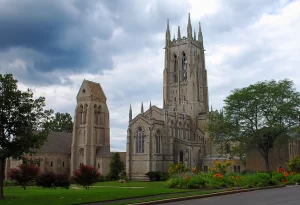One traveler discovers how adventure reshapes not only landscapes, but lives
By Pico Iyer
Suddenly, I was in the cockpit of a tiny plane, watching altitude meters spin up and down as we flew low over rolling sand dunes. Our pilot brought us sweetly onto a private landing strip in the desert—five elephants were drinking in a waterhole nearby—and we got into a car to head to the Desert Rhino Camp in Namibia, where 10 friendly faces had gathered at the entrance, waiting to welcome us with a song. Next morning I ventured out just as the sun began to show, and a guide called Johan—he’d been a banker not so many years before–was pointing out rhino tracks in the red-dust emptiness and warning me away from a rock where, he said, a horned adder might very well be lurking.
For more travel tips and ideas for groups, be sure to Download the June edition of Leisure Group Travel and Subscribe for FREE
It was like nothing I’d experienced in my 55 years on the planet; every day unfolded like a festival of surprises. One evening we ate around a campfire—a gourmet feast on white-cloth tables–and then Johan marked out with a laser-torch the patterns in the heavens. One afternoon I watched a pangolin turn into a small ball to keep away from predators and drove out to the vast Africat Foundation to see a cheetah stare back at us, unperturbed, while a cub nursed beside her. By the time I boarded my flight heading home, I realized I’d spent more than two hundred hours crisscrossing the land without ever meeting an elevator, a traffic jam or an escalator.
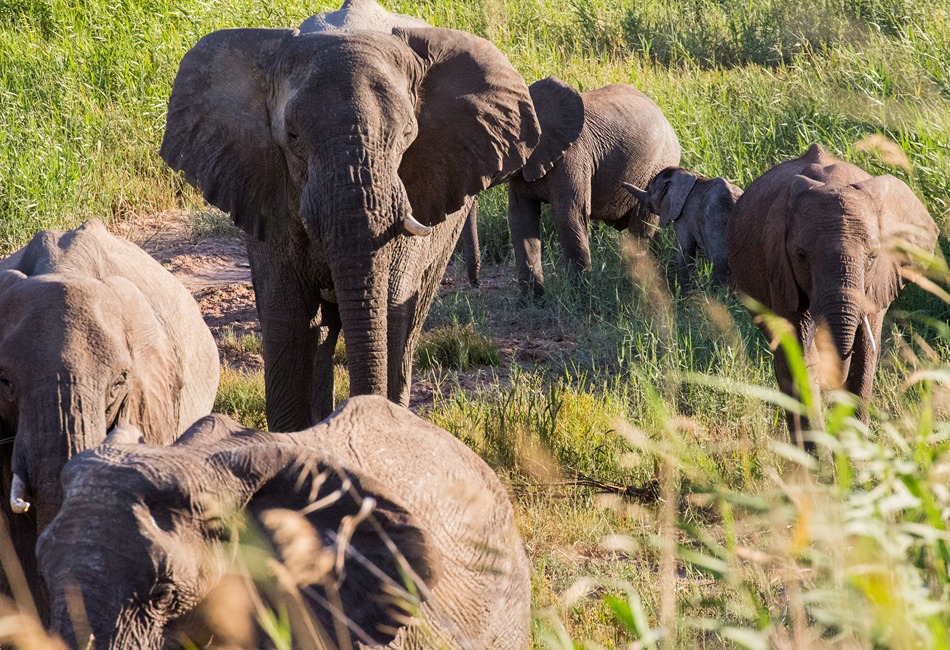
An Unforgettable Safari
I will never forget that first safari of my life and only my second trip to sub-Saharan Africa, all made possible by the Adventure Travel World Summit in 2012. When I was invited to deliver a talk, among the fairy-tale cottages of Swakopmund, I heard myself say that adventure has less to do with how far you go, or where, but why; it’s about a state of mind as much as any state with a table at the United Nations. I’ve never been a fearless explorer of the outdoors, like so many of the friends new and old I met at the gathering, yet now I was hearing about the paths laid down by mountain zebra and spotting lion tracks a few yards away from my verandah.
Better yet, I was learning, at every turn, about the conservation practices on which our entire world depends, more urgently than ever. I heard how poachers were being paid now to become caretakers of the land they know so well, and villagers encouraged to see the elephants who share their waterholes not as rivals, but as a precious resource to be protected. I heard how black desert rhinos, once almost extinct, are reappearing in numbers, and how Himba villagers burn elephant dung and use it to cure nosebleeds and headaches.
By my side were the kind of mountain-climbers, wilderness activists and scientists I never get to meet in my regular life in suburban Japan. For day after long day we traveled across this treasure-house of wonders together, and I knew to pull out my notebook the minute a photographer from L.A. looked out across the vast emptiness and said, “The only word for this is `prelapsarian.’ “
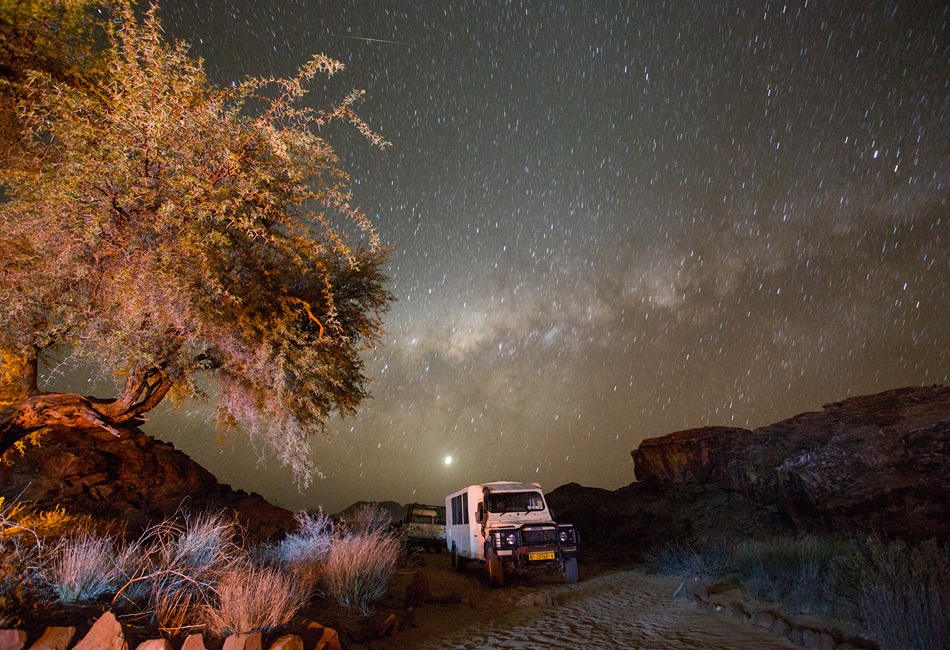
A Generation that Chooses to Travel
I’ve been lucky, over the past 51 years, to travel fairly constantly, from Easter Island to North Korea and Bhutan to Yemen. Growing up, I realized that I was part of the first generation in human history to have the chance, if I could gather the time and resources, to be in Antarctica, or the highlands of Ethiopia, next week. It seemed a crime to miss out on the chance of encountering such a wonder-world first-hand.
Yet the Adventure Travel Association keeps opening doors for me, in part because, through extraordinary planning and with grace and efficiency, its leaders ensure that those who attend their Summits get to spend days experiencing and learning about the lands they’re visiting. When Shannon Stowell, the CEO of the Adventure Travel Trade Association, whohad become a cherished friend in Namibia, invited me to come to another Summit, in Hokkaido, in 2020, I registered that he was offering me a chance to see an expansive realm of natural beauty that I had never visited in more than thirty years of living in Japan.
Instantly I said yes, only to see the pandemic delay our plans and delay them some more. Yet the nature of an adventurer is not to be defeated by adversity but in fact fired up by it, and to see that it’s the challenges that make the rewards of any expedition greater. If all of us could stroll up Everest or sail across the Pacific, the excitement of doing so would never be the same.
Before I knew it, therefore, I was walking up hills in the heart of Japan’s northernmost island, and eating a traditional lunch in an Ainu house, while an Ainu mother and son explained their customs and how they’d found a way to live with bears and trees. I was riding in a cable-car up to the top of the ski-jumping site from the 1972 Sapporo Olympics, and the spirited and elegant woman by my side, another new friend, turned out to be the Ambassador from Jordan.
I saw that the community brought together by the ATTA is not just a tribe, but a congregation of souls never daunted by the unknown and sharing secret loves and survival tips with the camaraderie of team-members scaling a high peak together. I love the fact that the ATTASummit has brought me to amazements across the world and in my adopted home and that I have no idea where I will encounter this moveable feast next. All I know is that no one and nowhere is excluded, in a celebration of our glorious planet that I hope will be transporting us 20 years from now and quickening those we’ve never met well into the century to come.
Pico Iyer is the author of seventeen books, translated into 23 languages, including Video Night in Kathmandu, A Beginner’s Guide to Japan, and Aflame.
For more travel tips and ideas for groups, be sure to Download the June edition of Leisure Group Travel and Subscribe for FREE



